Adding a GPU with Powered PCIe Risers
If you want to add an additional GPU (graphics card, essentially) to your PC, but do not have enough space or full length slots available, a great solution is to use a "Powered PCIe Riser".
What are they and how do you assemble everything? Read on!
What are Powered PCIe Risers?
As well as perhaps having some kind of capability in terms of built-in or on-board graphics, modern PC motherboard is going to have two types of slots that allow you to add additional graphics cards. These are called PCI-E 1X and PCI-E 16X.
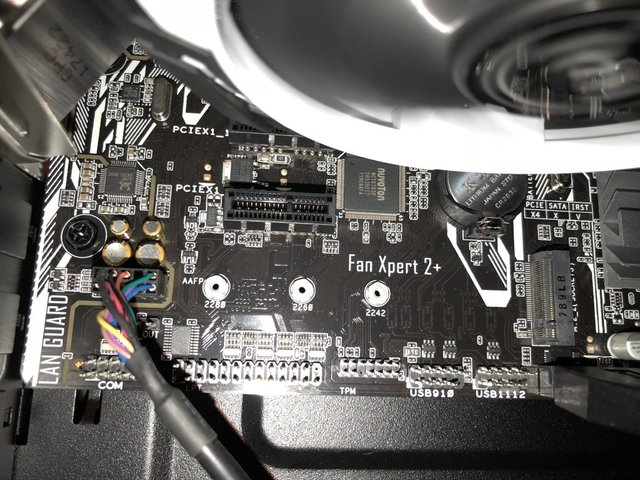
Free PCI-E 1X slot
Any pre-installed GPU will likely be in the larger, PCI-E 16X slot:
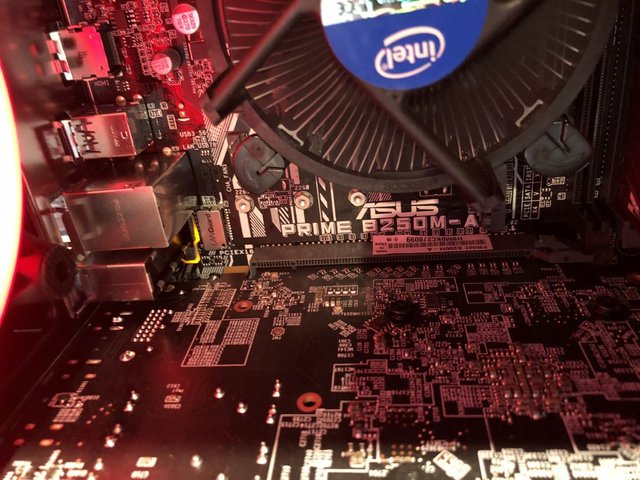
PCI-E 16X slot with AMD GPU installed
Using these "risers" we can add additional GPU cards without needing a new motherboard with more full-length slots, and/or we can free up space taken up by these cards by using the extra length afforded by the USB 3.0 cables.
Yes, they communicate over USB 3.0, but don't let that discourage you, because for many operations, such as cryptocurrency mining, the bandwidth is absolutely plenty.
Will it perform as well as a card inserted into the motherboard directly? Probably not, though YMMV!
Installing the Graphics Card using PCIe Risers
Hardware installation is pretty simple. First, make sure your PSU can accept the draw of the combined card needs.
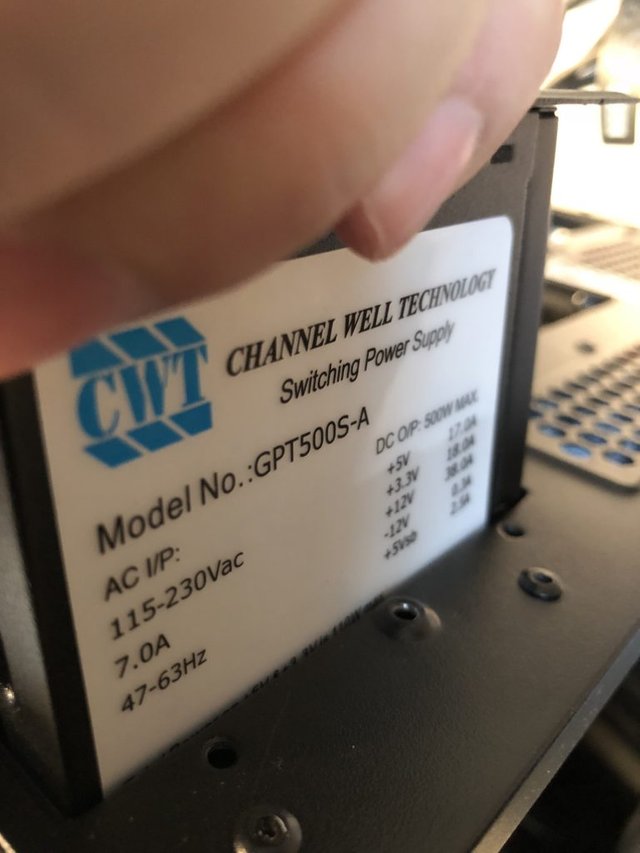
Be sure your PSU has enough juice
Next unbox your risers and your new GPU.
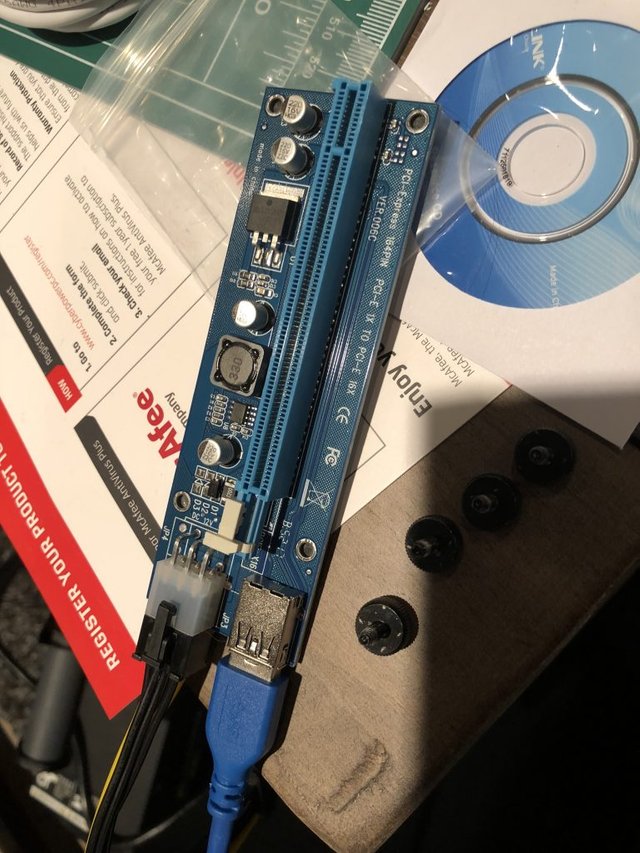
Plug it in
Plug in the USB cable and power. Then you can pull back the plastic "lock" on the slot, remove any covering on the card connector, and insert into the board, ensuring you line up the notch.
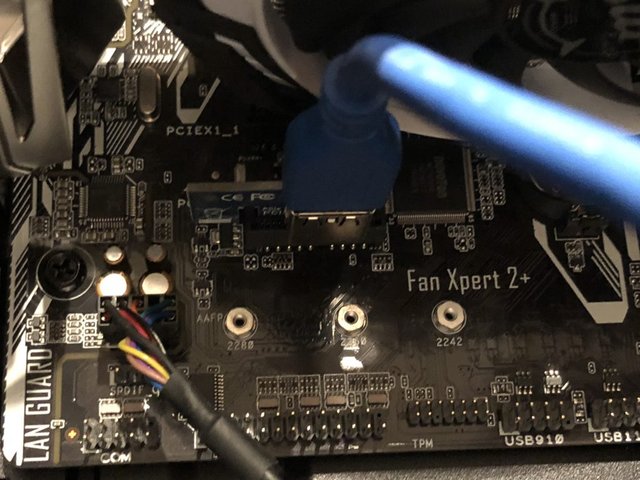
Insert into motherboard
The smaller card goes into that short, free, motherboard slot, of course.
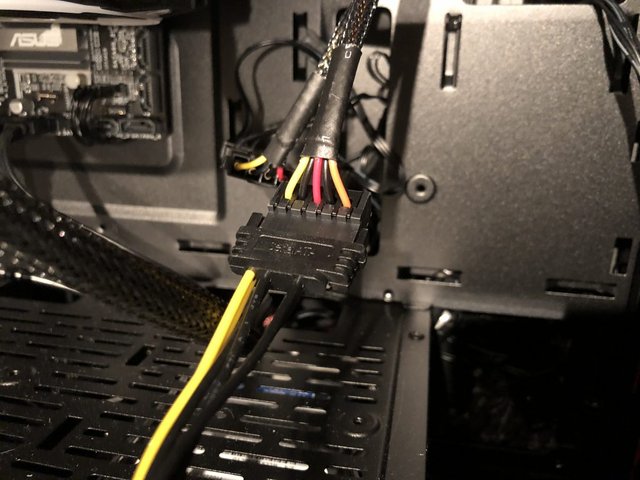
Grab power connectors
Depending on your card will depend on the power needs. In my GPU box I was provided cables that allowed me to attach to the spare PSU power cables. Ensure your GPU gets the juice it needs.
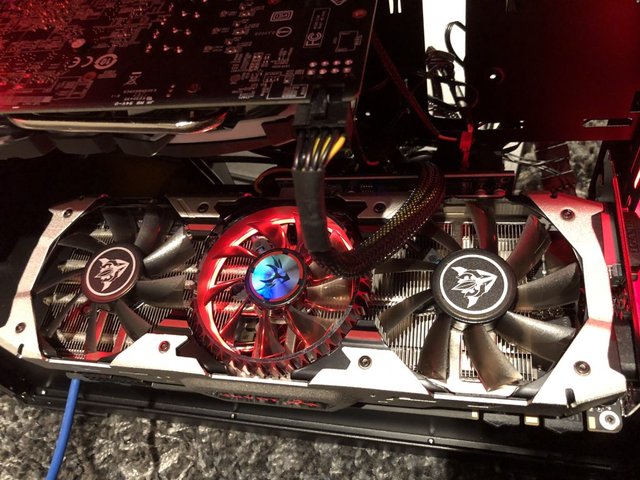
Power it up!
At this point you can power up, then find your graphics card drivers online.
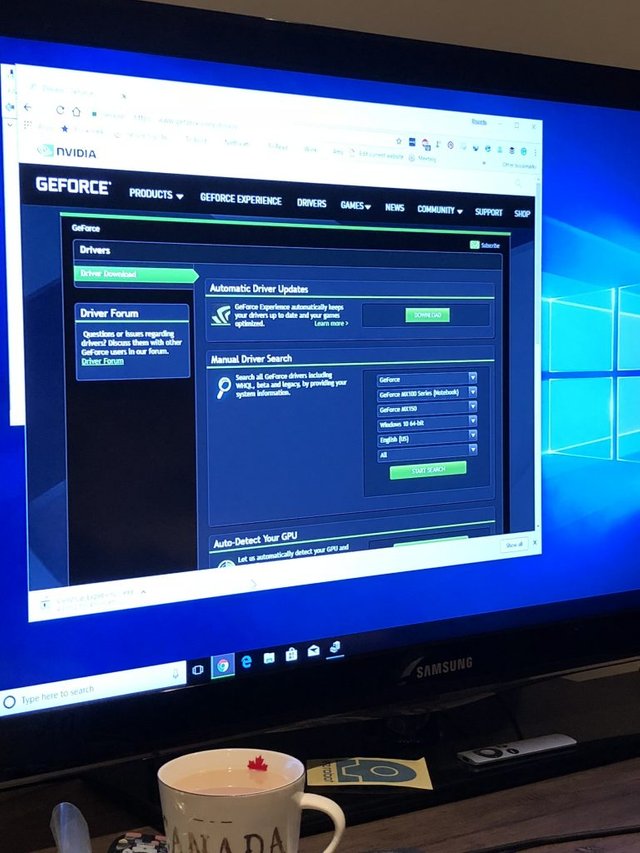
Nvidia Driver Downloads
Hopefully at this point your card drivers will install and you should be good to go!
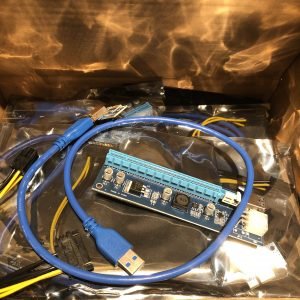
Upvoted, resteemed and following!
Interesting ! One of my pci-e ports fried recently, luckily I got another one, if that one dies too I might resort to a solution like this one :)
The power requirements and socket ratings is one of the things I am most concerned about, it's all a learning process! :)
Need to get into this, feel like it would be a great hobby
Please do check this out https://steemit.com/steem/@sreeram661/upvote-funding-crypto-mining-company
Can you please tell this External Gpu works with laptop?
P.s: Upvoted and following